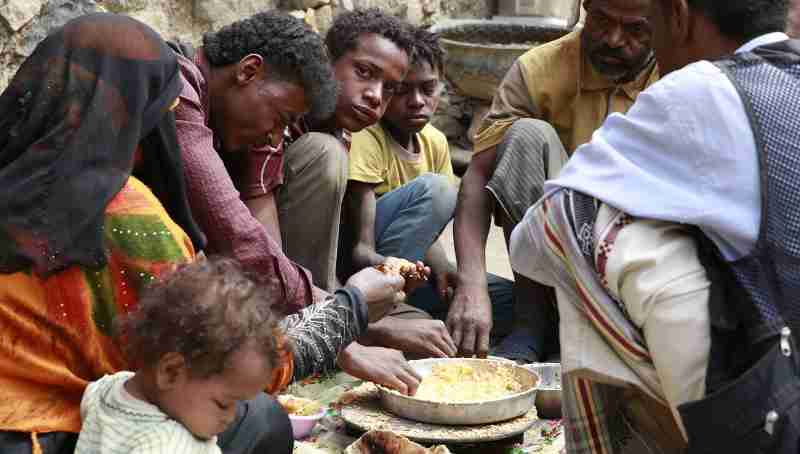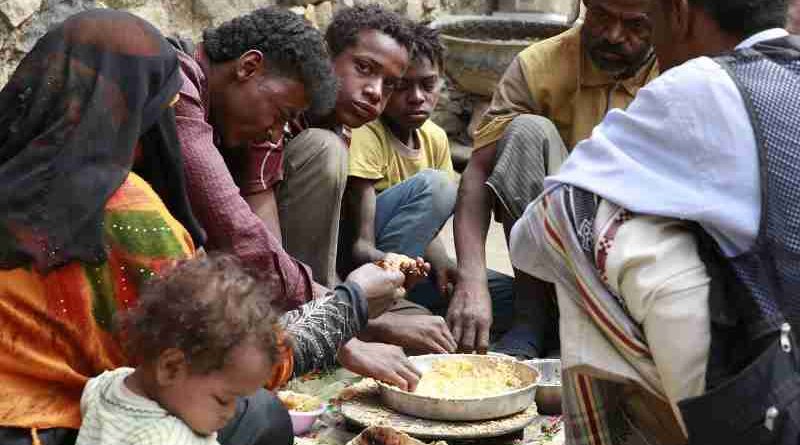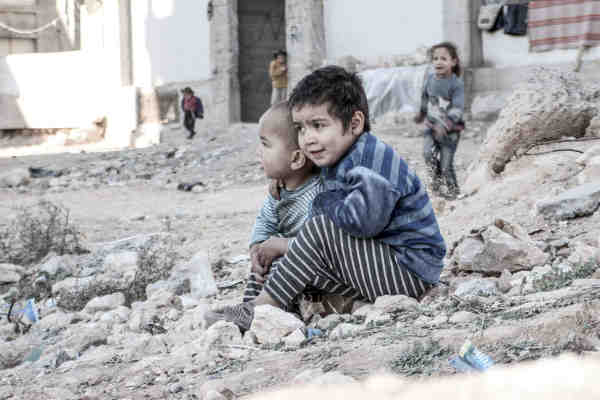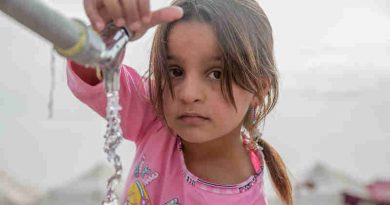Half of Yemen Population Lives on Less Than $2 a Day

After two years of brutal conflict, families in Yemen are increasingly resorting to extreme measures to support their children, said UNICEF in a report released Monday as the war in the Middle East’s poorest country enters its third year.
Coping mechanisms have been severely eroded by the violence, which has turned Yemen into one of the largest food security and malnutrition emergencies in the world.
Families are eating much less, opting for less nutritious food or skipping meals. Close to half a million children suffer from severe acute malnutrition – a 200 per cent increase since 2014 – raising the risk of famine.
The number of extremely poor and vulnerable people is skyrocketing. Around 80 per cent of families are in debt and half the population lives on less than US$2 a day, according to the report.
As family resources diminish, more and more children are being recruited by warring parties and pushed into early marriage. Over two thirds of girls are married off before they reach 18, compared to 50 per cent before the conflict escalated. And children are increasingly being used by armed parties as the fighting intensifies.
Yemen’s health system is on the verge of collapse, leaving close to 15 million men, women and children with no access to health care. An outbreak of cholera and acute watery diarrhoea in October 2016 continues to spread, with over 22,500 suspected cases and 106 deaths.
Up to 1,600 schools can no longer be used because they are destroyed, damaged, being used to host displaced families or occupied by parties to the conflict. Some 350,000 children are unable to continue their education as a result, bringing to 2 million the total number of children out of school
“The war in Yemen continues to claim children’s lives and their future,” said Meritxell Relaño, UNICEF Representative in Yemen. “Relentless fighting and destruction has scarred children for life. Families have been left destitute and are struggling to cope.”
The number of children killed in Yemen’s conflict increased by 70 per cent, and nearly twice as many children were injured and recruited into the fighting since March 2016 compared to the same period last year, the report says.
Photo courtesy: UNICEF





